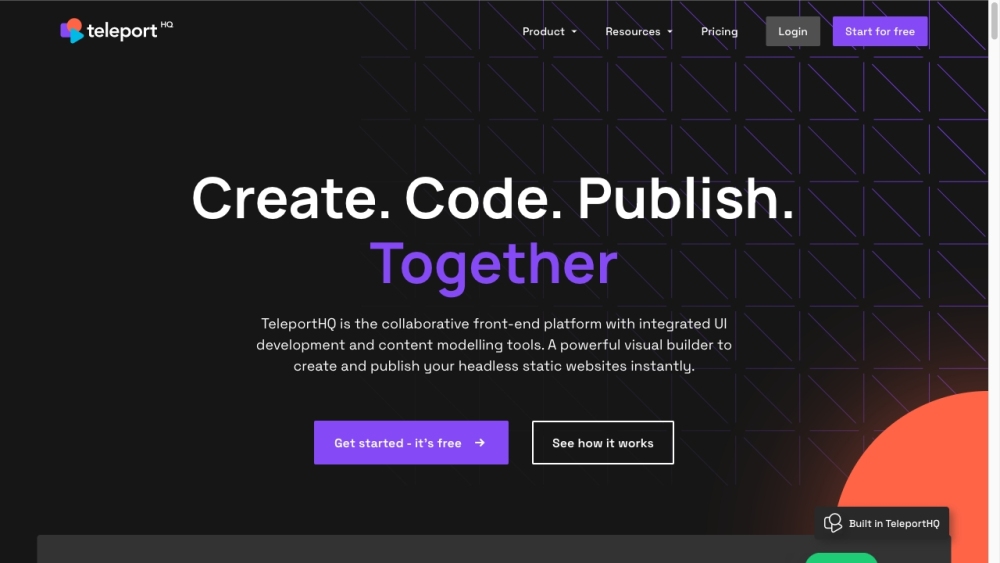A year after its initial proposal, the National AI Research Resource (NAIRR) is set to launch—at least in pilot form—thanks to a collaborative effort among various U.S. agencies and private sector partners who are directing billions in federal funding towards creating public-access tools for emerging AI scientists and engineers.
NAIRR represents the Biden administration's response to the rapid ascent of AI technology on the global stage and the concentration of expertise and resources among a limited number of tech giants and funded startups. Aiming to democratize AI access and enhance U.S. competitiveness against international rivals, the federal government has committed funds to provide a range of resources for qualified researchers.
Key partners in this venture include the National Science Foundation (NSF), the Department of Energy, NASA, NOAA, and DARPA, all of which will offer resources such as datasets and expert consultations. Additionally, over two dozen major tech companies, including OpenAI, Anthropic, Nvidia, Meta, Amazon, and Microsoft, have pledged varying types of support. This initiative boasts an annual budget of $800 million for the next three years, pending congressional approval.
While specific resources available through NAIRR have not yet been detailed, the organization will evaluate applications and proposals, allocating resources based on merit—more akin to a grant-making process than simply providing supercomputing access. As Katie Antypas from the NSF explained, NAIRR "will equip the research community with the computational power, data, models, software, and training necessary to advance the AI ecosystem." The pilot aims to address the accessibility gap for many communities crucial to fostering a responsible and thriving AI landscape.
Antypas illustrated the need for NAIRR with three examples: researchers needing substantial computing power for large AI models, educators wanting to enable students to conduct AI-related projects but requiring virtual notebooks and CPU time, and climate scientists in need of NASA and NOAA datasets to enhance weather predictions.
The pilot will concentrate on four primary focus areas:
1. NAIRR Open: A broad category providing “access to diverse AI resources” for various research initiatives.
2. NAIRR Secure: This area emphasizes AI applications requiring privacy and security, such as those in the medical field and critical infrastructure, led by the NIH and the Department of Energy.
3. NAIRR Software: Focused on tools, platforms, services, and enhancing interoperability within the AI landscape.
4. NAIRR Classroom: Dedicated to outreach, education, and training in AI.
Notably, there is no explicit military research category within NAIRR, despite the involvement of DARPA and the DOD among partner agencies. This initiative is civilian-directed, suggesting that any military-related research will be compartmentalized, allowing these agencies to coordinate support where appropriate.
The goal of NAIRR is to ensure that individuals with innovative ideas for advancing AI across various sectors can connect with domain experts who can guide them through the process. However, it won’t function as a public library; you won’t simply walk in and access an H100 for a set time. Nonetheless, there may be initiatives to encourage library-based outreach.
You can explore the resources available through the NAIRR Pilot page starting today. Although exact figures are not yet available, project leaders anticipate that only 25 to 50 proposals will be accepted during this initial pilot phase, with hundreds more opportunities anticipated in the spring when additional systems come online.





